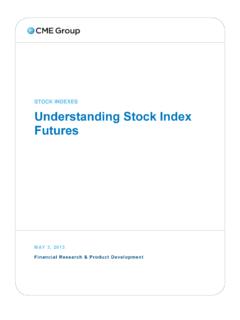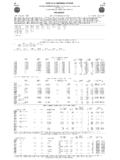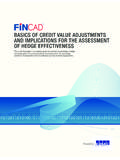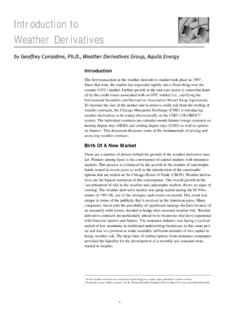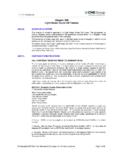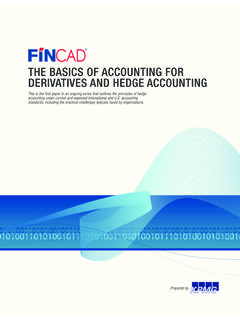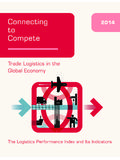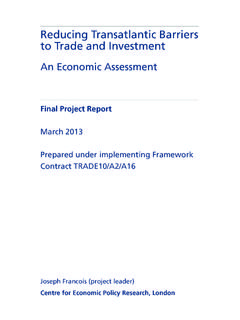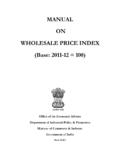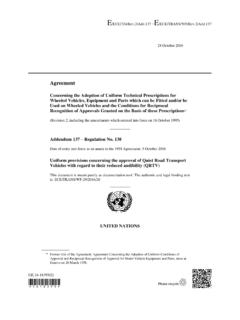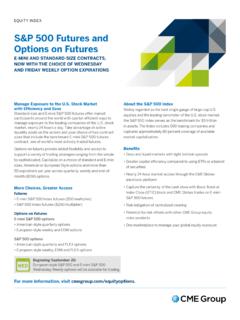Transcription of Understanding the CME Feeder Cattle Index
1 Understanding THE CME Feeder Cattle Index . This document provides a brief summary of the CME Feeder Cattle Index ( Index ). The CME. Commodity Product Research and Development Department calculates the Index every day (including holidays), Monday through Friday. The information contained herein summarizes the calculation procedures and gives an example of how specific Cattle are factored into the seven-day average calculation. Rule language for the Feeder Cattle contract (Futures, Chapter 102 or Options, Chapter 102A) can be obtained from the CME website at DATA PROCEDURES. The CME Index was designed to use Cattle within major Feeder Cattle producing states. The Index uses steers meeting prescribed muscling frame score requirements, exhibiting no predominantly dairy, exotic, or Brahma breeding characteristics and none being labeled on the market news reports as fancy, thin, fleshy, gaunt, or full.
2 Non-US origin Cattle are also excluded. The steers must also be publicly reported from within the specified twelve Feeder Cattle producing states (12-state region). The data is collected by USDA/State Market News Reporters and released on the Internet at The Index is a seven-day weighted average and is defined as the total dollars sold during the seven-day period divided by the total pounds of Feeder steers sold during the same seven-day period. Every pound of Feeder steer sold during the seven-day period has the same impact on the final price. The USDA-AMS issues daily reports which contain Cattle eligible for the Index . The majority of these reports are auction trade results and the rest are direct trade, Internet auction, or video auction results. Because the CME Feeder Cattle Rule Language (Chapter 102) requires that the calculation use all publicly reported Cattle within the 12-state region, the sample of available reports varies from day to day and week to week.
3 Many auction barns operate on a seasonal or irregular basis. Many close due to weather conditions and reschedule the auction a few days later once the weather breaks. Success in calculating the Index requires communication with the USDA/State Market News offices that issue the reports. Current listings of regular sale locations by day of week and state are available from the Department. CALCULATION EXAMPLE. The following is a brief summary of how the Index is calculated. The entire calculation procedure used is described in Rule 10203 of the CME Rule Book, but the basic procedure is as follows: 1. There are a total of eight eligible 50-pound weight brackets for the Index (Medium & Large #1. steers: 700-749#, 750-799#, 800-849#, 850-899# and Medium & Large #1-2 steers 700-749#, 750-799#, 800-849#, 850-899#).
4 Any Cattle that have comments of fancy, thin, fleshy, gaunt or full or ones indicating predominantly dairy, exotic, or Brahma breeding are disqualified from the calculation. Non-US origin Cattle are also disqualified. Other comments such as calves, value enhanced or reputation are accepted and averaged with the non-commented Cattle from the same weight category to provide one combined head count and one weighted average weight and price for that weight range. 1. For example, from the tables below, the total number of head in the Medium & Large #1 steers 700 to 749-pound weight category would be 469. 2. Using data from the reports, for each of the eligible categories at each sale, multiply the number of head by the average weight. This gives you the total pounds of Cattle sold in each category at each sale.
5 For the report shown, this would 469 head 733 pounds, plus 665 head 769. pounds plus 494 head x 829 pounds plus 268 head x 870 pounds plus 176 head x 724 pounds plus 54 head x 775 pounds plus 60 head x 810 pounds plus 52 head x 884 pounds. 3. Add up all the answers from Step 2 for all eligible categories of steers for all eligible sales on the for the past 7 calendar days. This gives you the total pounds of Cattle sold for the week. Note that Saturday and Sunday sales are entered along with Monday's figures such that there are only five calculations in a given week. Direct trade reports are entered with Friday's figures. Also note that only final video sales are included in the Index . 4. Using the same data as in Step 2, for each category at each sale multiply the number of head by the average weight and then multiply that number by the average price.
6 This gives you the total cents of Cattle sold in each category at each sale. 5. Add up all the answers from Step 4 for all eligible categories of steers for all sales for the past 7. calendar days. This gives you the total cents of Cattle sold for the week. 6. Divide the answer from Step 5 (total cents) by the answer from Step 3 (total pounds). This gives you the weighted average price (cents per pound) for all eligible categories of steers for all sales for the past 7 calendar days -- the CME Feeder Cattle Index Price. A USDA Feeder Cattle Report will contain tables in the format below. Each individual report must be examined to determine which muscle scores are reported and which ones have Cattle qualifying for the Index . Feeder Steer Medium and Large 1. Head Wt Range Avg Wt Price Range Avg Price 171 602-643 619 Calves 323 600-649 626 64 656-669 663 383 653-699 677 Calves 469 702-748 733 665 750-796 769 494 800-846 829 268 855-898 870 Feeder Steer Medium and Large 1-2.
7 Head Wt Range Avg Wt Price Range Avg Price 8 635 635 Calves 56 670-692 681 176 700-732 724 54 750-799 775 60 808-814 810 52 881-886 884 DAILY DISSEMINATION OF Index VALUES. 2. The current Index value is disseminated to data vendors. The Index spreadsheet is posted to the web at data/reports/cash settled commodity Index 3.
